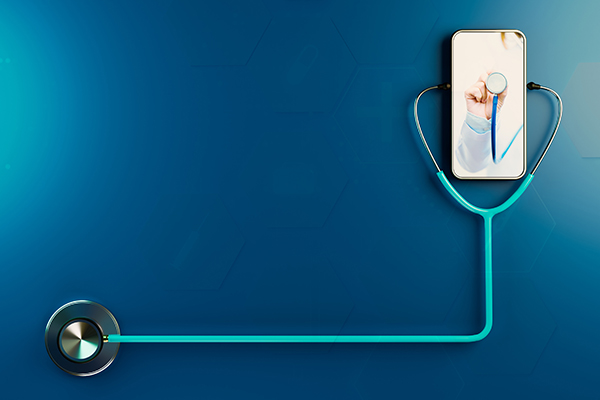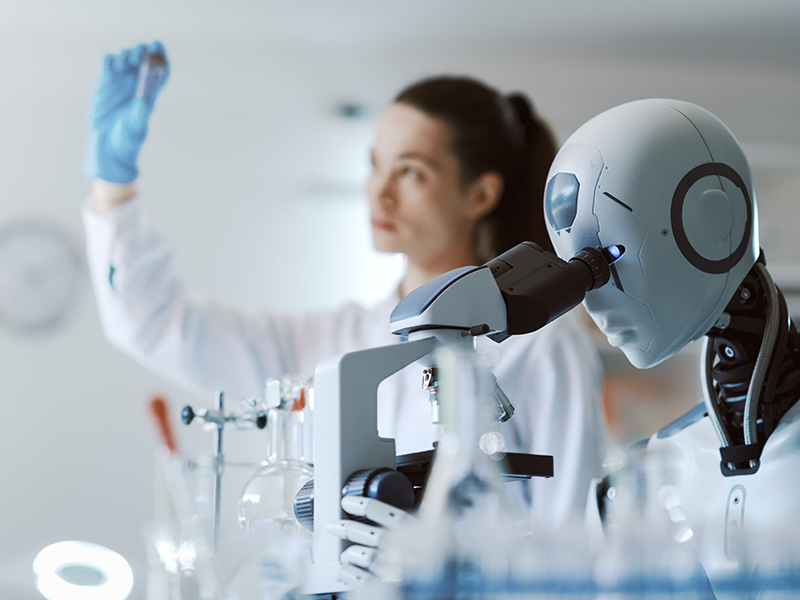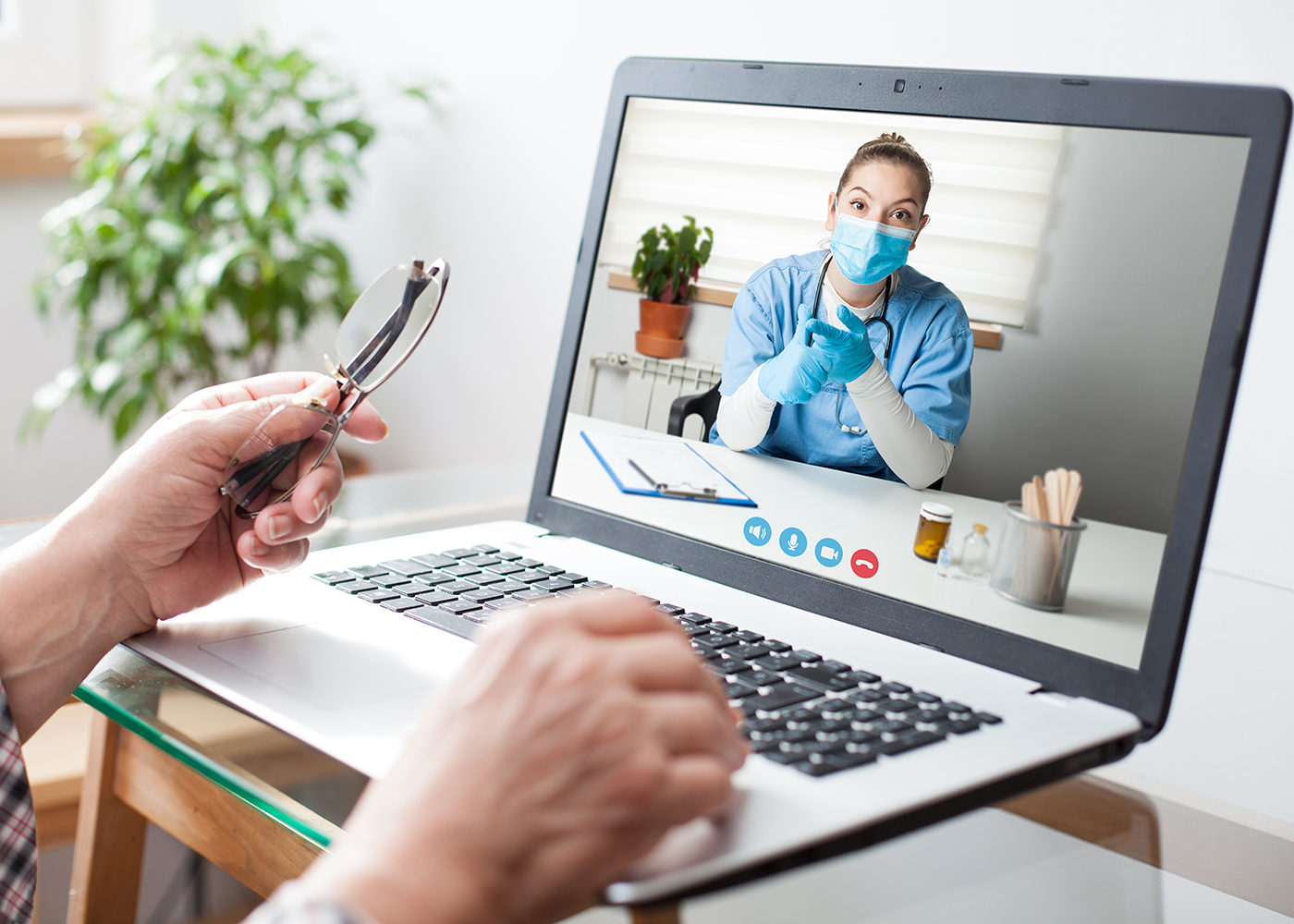Have Any Questions?
+971509563235
Visit Us Daily
Office No 17, 44th Floor, Aspin Commercial Tower, Dubai
Our Working Hours
Mon - Sat: 8.00 - 4.00
+971509563235
Office No 17, 44th Floor, Aspin Commercial Tower, Dubai
Mon - Sat: 8.00 - 4.00
411 University St, Seattle




Tele-neurology involves the use of telemedicine to provide remote neurological consultations, assessments, and treatment.
Tele-otolaryngology, or tele-ENT, involves the use of telemedicine to offer remote ear, nose, and throat consultations and care.
Tele-endocrinology uses telemedicine to provide remote endocrine consultations and management for hormonal and metabolic conditions.
WhatsApp us